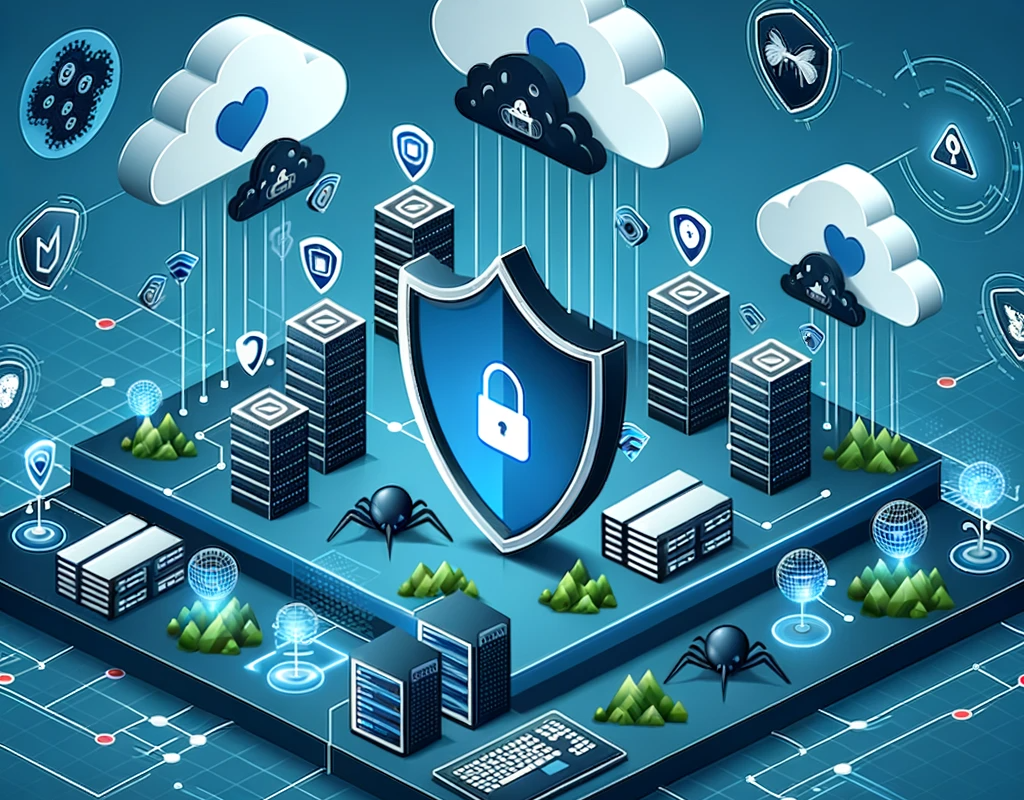The endpoint has become the ultimate prize for attackers, as compromising devices provides a stealthy foothold into corporate networks. However, most organizations still rely on traditional antivirus and firewalls that are inadequate for today’s threats.
For SOCs, transitioning to modern endpoint security needs to become an urgent priority. In this guide, we’ll explore key capabilities and strategies to help SOCs champion and enable improved endpoint defenses.
Focus on Prevention Through Zero Trust
Prevention must become the priority over reactive approaches. Zero trust models provide the foundation by isolating devices, limiting lateral movement after breaches, and securing identities.
SOCs should advocate for expanding zero trust controls like microsegmentation, multi-factor authentication, and least privilege access across endpoints. Reducing dwell time blocks threats before they trigger alerts.
Adopt Cloud-Delivered Protections
Legacy on-premises tools lack the scalability, analytical capabilities, and rapid innovation of modern cloud-delivered endpoint security suites. These include Microsoft Defender for Endpoint, CrowdStrike Falcon, and SentinelOne.
Cloud platforms apply AI and automated response at scale to defeat advanced attacks. SOCs can instantly benefit from collective threat intelligence and mitigation measures applied across the cloud vendor’s entire customer base.
Simplify Deployments with Unified Platforms
Consolidating disjointed point solutions into unified cloud platforms streamlines management while expanding protection. Platforms like Microsoft 365 Defender integrate capabilities for identities, endpoints, cloud apps, email, and networks.
SOCs avoid having to integrate and coordinate across multiple consoles. Unified data lakes and automation policy engines bolster AI-driven threat detection, investigation, and response.
Champion Employee Security Awareness
Humans represent a major endpoint vulnerability. SOC teams should encourage security awareness training to be mandated for all employees. Well-executed simulated phishing campaigns consistently applied keep security top of mind.
Evaluate options like ThinkCyber ZeroFox for measurable improvement in phishing resilience. Reduced clicks demonstrate quantifiable gains in human firewall strength.
Prepare Incident Response Playbooks
Despite best efforts, some threats will evade defenses. Ensure detailed response playbooks are ready for critical scenarios like ransomware, data exfiltration, and domain admin compromise that necessitate urgent response.
Tabletop exercises to walk through simulated scenarios help evaluate and refine plans. When incidents do occur, swift containment guided by playbooks is essential.
Modernizing endpoint protection is a key initiative SOC leaders must champion given endpoints’ importance in security chains. Contact DBGM to discuss navigating your endpoint security transformation journey.


